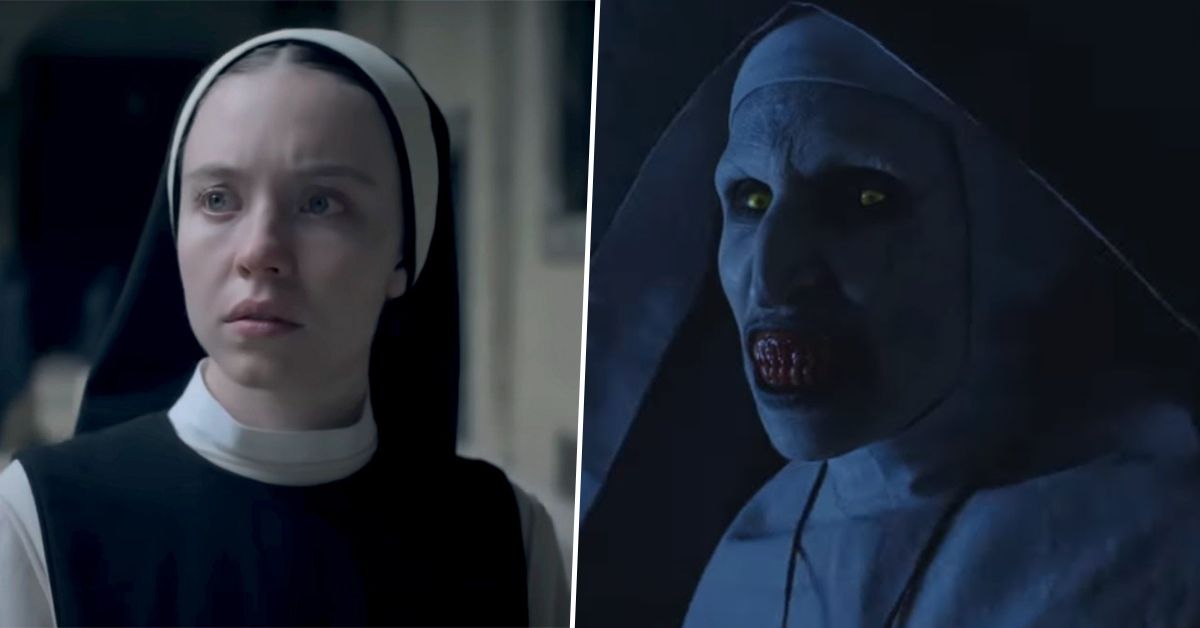

Movies have long been fascinated with exploring mystical and supernatural elements, and three recurring themes are voodoo, demons, and nuns. Voodoo, a religion with roots in West Africa, has been portrayed in films like The Serpent and the Rainbow, Live and Let Die, Angel Heart, The Skeleton Key, and White Zombie [0e72b1df]. These movies delve into the dark and mysterious aspects of voodoo, showcasing its rituals, beliefs, and influence on popular culture. Contrary to popular belief, voodoo dolls are not used for evil purposes, and voodoo is not inherently associated with black magic. The portrayal of zombies in movies differs from voodoo beliefs. Voodoo is primarily practiced in Haiti, Benin, Togo, and other parts of West Africa, where voodoo priests and priestesses are respected figures within their communities. Voodoo curses are believed to have the power to harm individuals, but their effectiveness depends on belief and intent. Voodoo and hoodoo are related but distinct practices, with some rituals being open to outsiders while others are considered sacred and private [0e72b1df].
Similarly, demons have long been a fascinating subject in various cultures and religions, often associated with evil and supernatural powers. Demon movies have explored the darkest corners of cinema, providing thrilling and terrifying experiences for viewers [7399a0c1]. These movies depict demons as malevolent entities with supernatural abilities, capable of possessing humans and causing chaos. The genre of horror films has particularly embraced the theme of demons, with movies like The Exorcist, Insidious, and The Conjuring franchise captivating audiences with their terrifying portrayals of demonic possession and exorcism. Demons in movies are often depicted as formidable adversaries, embodying pure evil and challenging the boundaries between the physical and spiritual realms [7399a0c1].
The presence of nuns in horror movies is another common trope, often portraying them as 'scary nuns' haunting our nightmares. The classic representation of strict nuns and historic crimes within the church may have contributed to their prominence in horror [fcaf4b57]. Nuns have been featured in folk tales and reports of demonic possession, and their portrayal in cinema dates back to the 1922 film Haxan. The trope of the corrupted nun became popular in the 1970s with 'nunspoitation' films, which blurred the lines between horror and sexuality. Our fear of nuns can be attributed to the idea of repression and the association of nuns with the church falling to the devil. The representation of nuns in horror cinema reflects societal anxieties towards religion and the institution of the church. The current trend in horror films and TV shows shifts from the corruption of 'pure' nuns to the haunting 'evil nun'. Nuns are seen as mysterious and disconnected from our worldview, which fuels our fear. Despite their rising prominence in horror, the number of nuns worldwide has decreased over the years. The fear of nuns in horror movies is likely to continue as the trope remains popular and the film industry releases more religious horror films [fcaf4b57].
The common theme that emerges from the exploration of voodoo, demons, and nuns in movies is the fascination with the mystical and supernatural. These themes allow filmmakers to create captivating stories that blend reality and fiction, exploring the boundaries of belief, spirituality, and the human psyche. While movies provide intriguing portrayals of voodoo, demons, and nuns, it is important to separate reality from fiction and understand the cultural and religious contexts in which these practices and figures exist [0e72b1df] [7399a0c1] [fcaf4b57].
Accounts of possession and exorcism continue to fascinate and captivate people, serving as a means to explore the concept of radical evil and grapple with the inexplicable aspects of consciousness. The fascination with demons, possession, and nuns remains a staple of American popular culture, offering powerful symbols and narratives to discuss subjects ranging from the existence of evil to the pursuit of justice. While there is an empirical jargon to discuss evil in academic disciplines, the poetics of demonology and the portrayal of nuns provide a potent critical vocabulary that is necessary to fully comprehend and articulate the complexities of wickedness. The Devil and his legions, as well as the figure of the nun, serve as convenient ciphers for discussing aberrant behavior and phenomena that cannot be entirely reduced to rationality. The idea of possession challenges the assumption of individual agency and highlights the inexplicable nature of consciousness. In the era of artificial intelligence, narratives of possession and the portrayal of nuns seem less medieval and more predictive. Whether or not one believes in the reality of possession or fears nuns, the ideas of demons and nuns continue to resonate and provoke thought [b93c791b].